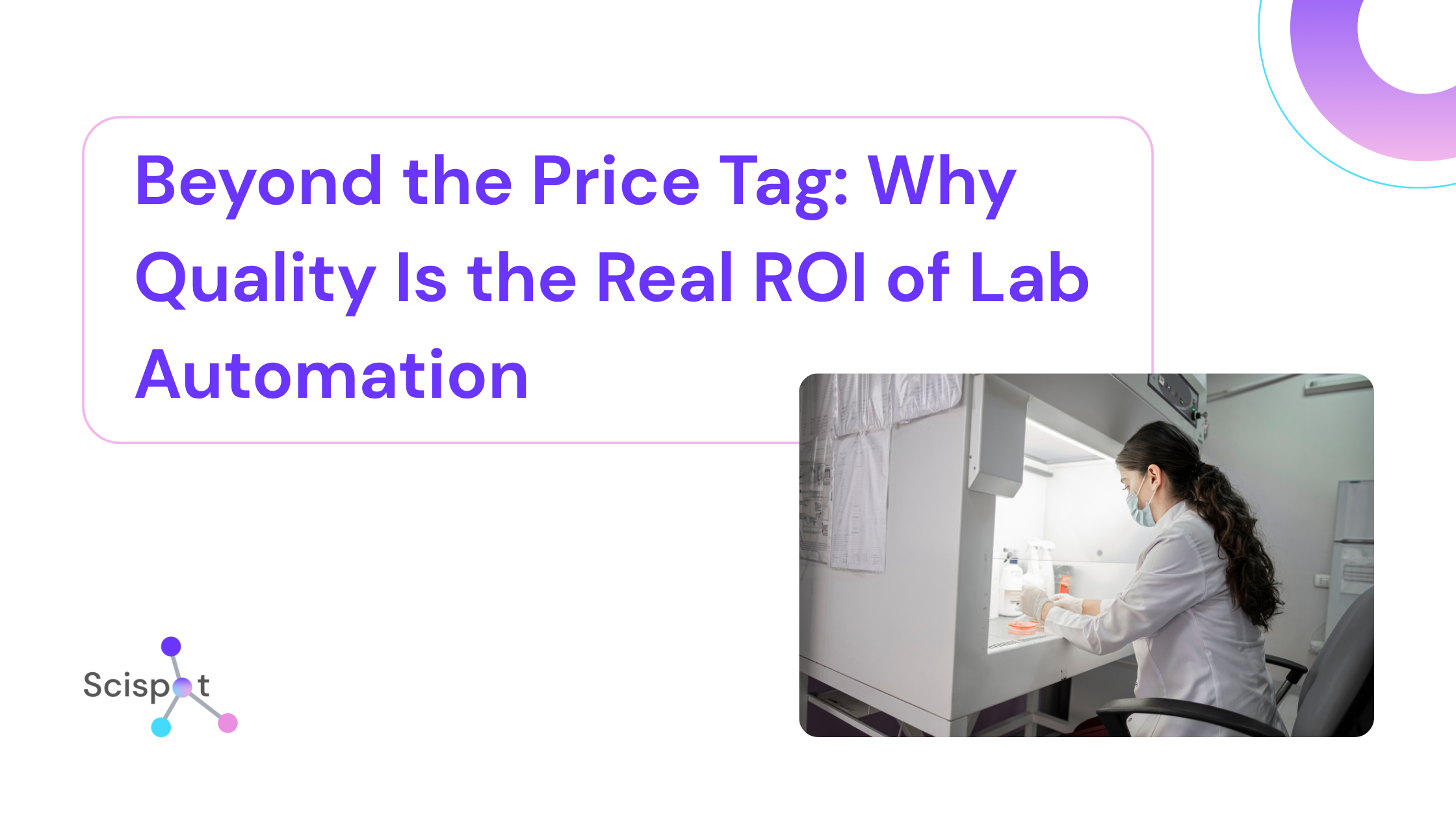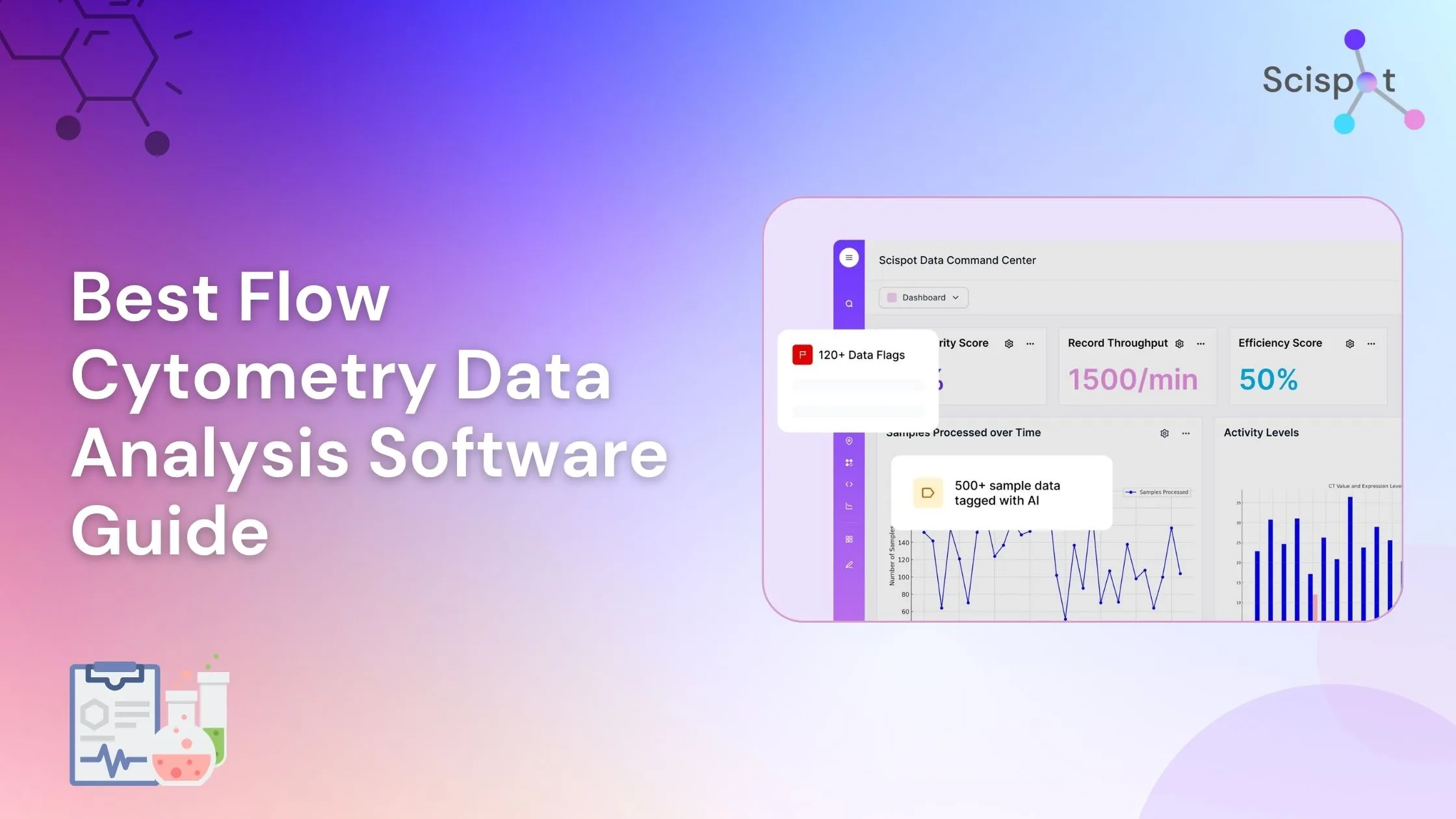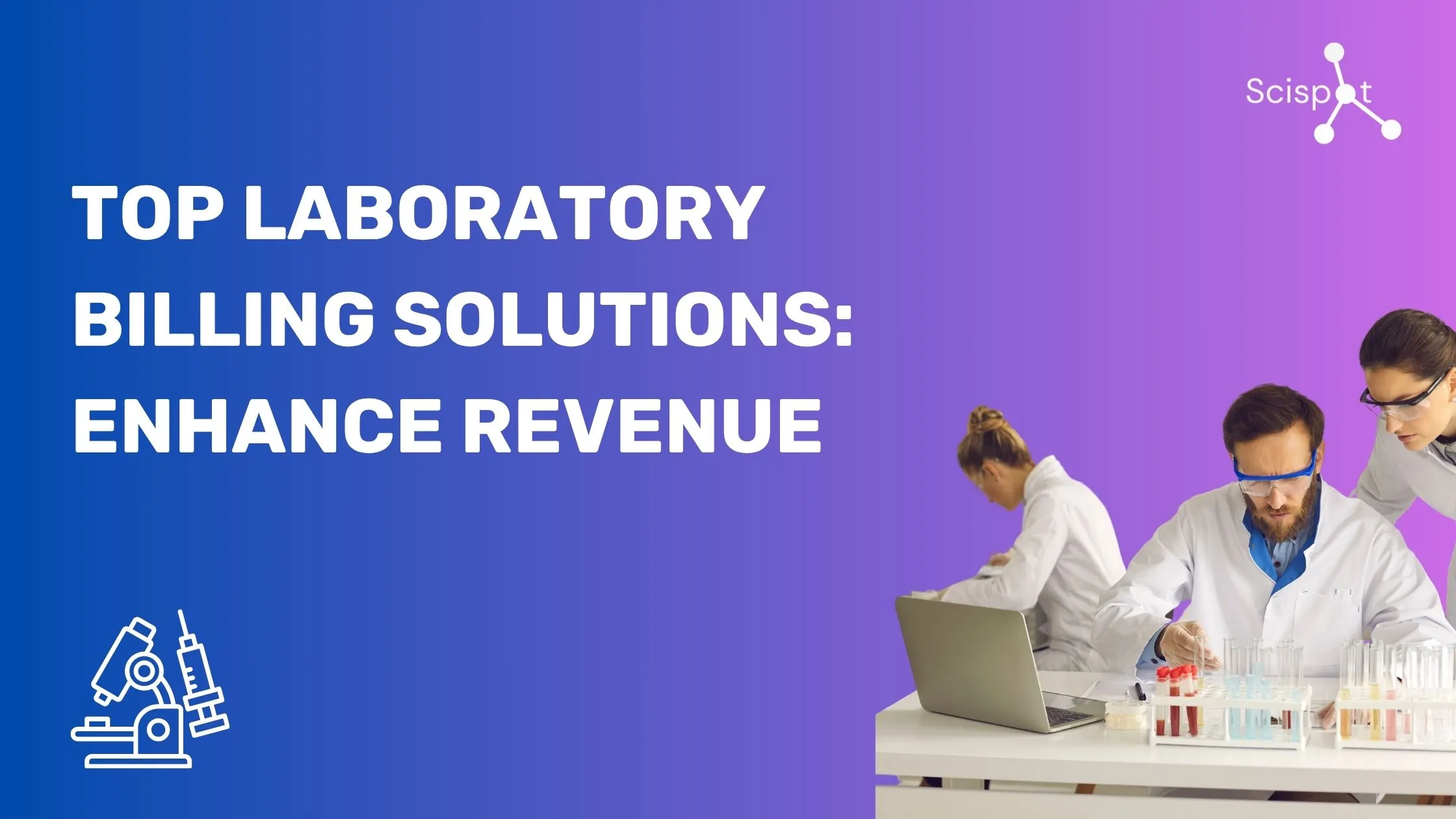Most automation projects get judged first by cost. What will the system cost? What is the return on investment? Those are fair questions. Yet they miss the bigger driver of value in science: the quality of data. Poor data costs more than extra minutes on a pipette. A widely cited analysis in PLOS Biology estimated that irreproducible preclinical research wastes roughly $28 billion each year in the United States. A large Nature survey found that more than 70% of researchers could not reproduce another team's results, and more than half struggled to reproduce their own. The problem is not only speed. It is reliability. When data are wrong, everything that follows slows down or stops.
Quality breaks early. Most errors arise before an assay even runs. This "pre‑analytical phase" includes test ordering, labeling, collection, transport, and receipt. Reviews show that 60–70% of total laboratory errors occur here because these steps are manual and variable. Small slips at intake cascade into large problems later. That is why a quality‑first lens matters when you evaluate lab automation—because the largest error bucket is upstream of your analytics.
Two failure modes illustrate the point. Mislabeling sounds rare, but a College of American Pathologists (CAP) Q‑Probes study that examined more than 3.3 million labels found a median of 0.92 mislabeled specimens per 1,000 labels. Manual transcription looks harmless, yet a study in the Journal of the American Medical Informatics Association measured 3.7% discrepancies for manually entered outpatient point‑of‑care glucose results, with about 5 per 1,000 large enough to be clinically meaningful. In short, typing and stickers are weak links. Interfaces and barcodes are strong links.
Automation fixes those weak links by design. Barcoding reduces specimen and test identification errors across settings, according to a CDC‑backed systematic review and related best‑practice guidance. Direct instrument interfaces cut out retyping and the associated discrepancies. Total laboratory automation (TLA) standardizes process steps and tightens turnaround times (TAT), which improves predictability and throughput. If manual entry is like copying your speedometer into a notebook while driving, integration is the odometer wired to the dash. You get the truth every time, without extra effort.
This is also why the cost of poor quality (COPQ) has to be in your ROI model. The American Society for Quality defines COPQ as the costs of defects and rework, while "cost of quality" includes prevention and appraisal costs too. When you invest in prevention and appraisal—automation, interfaces, workflow control—you shrink the failure costs that quietly burn budget: repeats, reruns, rework, and partner rejections. Economic evaluations of TLA echo this: automation improves performance and can deliver sensible payback timelines when labor, fewer outliers, and avoided repeat testing are included.
How Scispot Turns Quality‑First Into Daily Practice
Scispot is built to make "right, every time" the default. We do that by unifying the systems that protect data integrity and by removing the places where errors creep in.
One Platform for Data, Samples, and Quality
Scispot is an API‑first lab operating system that unifies LIMS (Laboratory Information Management System), ELN (Electronic Laboratory Notebook), SDMS (Scientific Data Management System), and QMS (Quality Management System). In practice, this means experiments, samples, and approvals live in one place with consistent identifiers, rather than scattered across spreadsheets and siloed tools. Our ELN supports audit‑ready reports and pulls raw outputs from instruments and apps right into your experiments. Our QMS provides comprehensive audit trails and Part 11‑ready e‑signatures so approvals are attributable and time‑stamped.
Data Structured by Design, Not by Accident
Labsheets™ lets you model your lab's data as a no‑code, relational database—inventory, samples, instrument outputs, and contract research organization (CRO) feeds in standard formats. Because Scispot is API‑first, raw outputs land with context and lineage intact. Our API supports REST (Representational State Transfer) and SFTP (Secure File Transfer Protocol), listens to webhooks for real‑time events, and "speaks" HL7 (Health Level Seven) and ASTM (ASTM International) to help you move beyond copy‑paste. That is how you reduce transcription risk while improving traceability.
Workflows That Enforce Standards
Labflows™ automates sample‑centric steps from order intake to final report. That reduces drift, enforces required fields, and keeps chain of custody clear. The integrations hub connects 100+ third‑party apps and lets you link hundreds of instruments and thousands of apps, so your ELN, LIMS, analytics, and finance systems act as one. Reducing swivel‑chair effort matters because many errors happen at system joins.
Compliance Built In, Not Bolted On
Our GxP resources (Good Practice guidelines, such as GLP for Good Laboratory Practice, GCP for Good Clinical Practice, and GMP for Good Manufacturing Practice) describe support for 21 CFR Part 11 electronic signatures and auditability. Those controls align with ALCOA principles—Attributable, Legible, Contemporaneous, Original, Accurate—as articulated in FDA data‑integrity guidance. Many regulators extend ALCOA to ALCOA+ (adding Complete, Consistent, Enduring, Available), which reinforces lifecycle control. Scispot's audit trails, role‑based access, and versioning make audits faster because evidence is already there.
Proof From the Field
One Scispot customer, an advanced materials lab, achieved complete sample lineage in six weeks and cut manual reconciliation by 85% by integrating synthesis robots and analytical instruments through Scispot's API‑first stack. That is what fewer handoffs and better traceability look like in practice.
Where the Quality Dividend Shows Up
Biobanks
Biobanks depend on pre‑analytical metadata. Standards like SPREC (Standard PREanalytical Code) and best practices from ISBER (International Society for Biological and Environmental Repositories) call for consistent capture of factors such as collection timing, cold ischemia, and fixation. Automation that barcodes, time‑stamps, and enforces required fields protects specimen value years later. Scispot's data model and automations support that disciplined capture so future studies can trust today's samples.
Drug Discovery
Drug discovery wins on signal quality. Cleaner pipelines and fewer hidden process shifts improve hit triage and lead selection. Clinical labs and research groups need trustworthy electronic records and signatures, role‑based access, and complete audit trails. Embedding Part 11 and ALCOA/ALCOA+ principles into daily work reduces the scramble before inspections and lowers the risk that data‑integrity concerns derail submissions.
How to Evaluate Automation the Way Regulators—and Science—Would
Start by pricing the cost of poor quality. ASQ's framework splits costs into prevention, appraisal, internal failure, and external failure. If you only compare license fees to labor minutes, you miss the hidden spend on repeats, reruns, and audit remediation. Put those numbers next to the automation investment. Then pilot on the pathway where pre‑analytical errors cluster—intake and labeling—and measure repeats, deviations, and TAT before and after. Published studies on TLA and standardization show consistent gains on those measures.
The Bottom Line
Price matters. Quality drives value. Automation reduces human error, enforces standardized workflows, and scales reproducibility in ways that manual work cannot. That lowers the cost of poor quality and reshapes ROI. Scispot's API‑first approach—uniting LIMS, ELN, SDMS, and QMS with compliant e‑signatures, audit trails, and deep integrations—helps you do it right, every time, not just faster. If your next decision is between "ROI first" or "quality first," remember that quality is the ROI lever. We would love to show you how this looks in your lab.
Ready to make quality your biggest cost saver? Book a Scispot demo and see how quickly your team can move from manual fixes to audit‑ready automation.







.webp)



